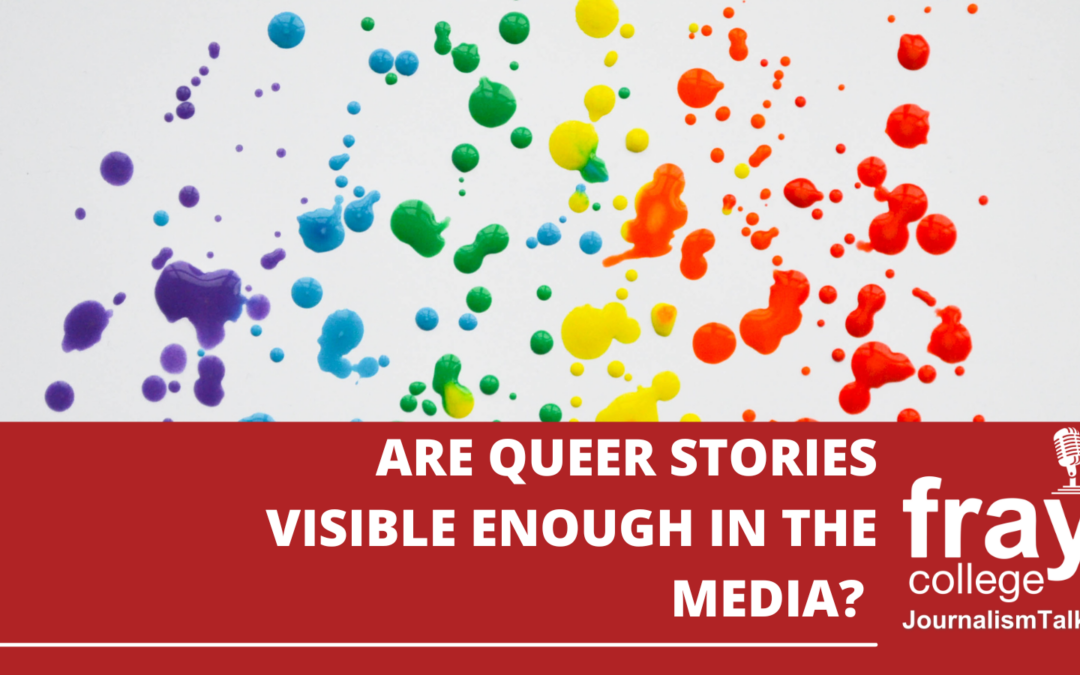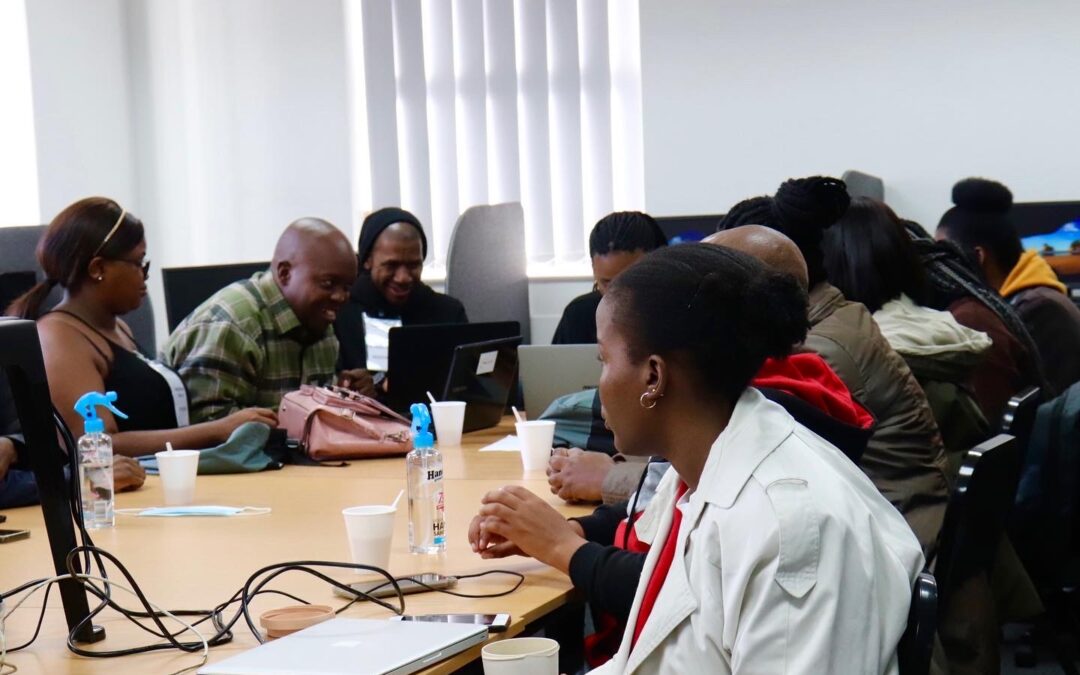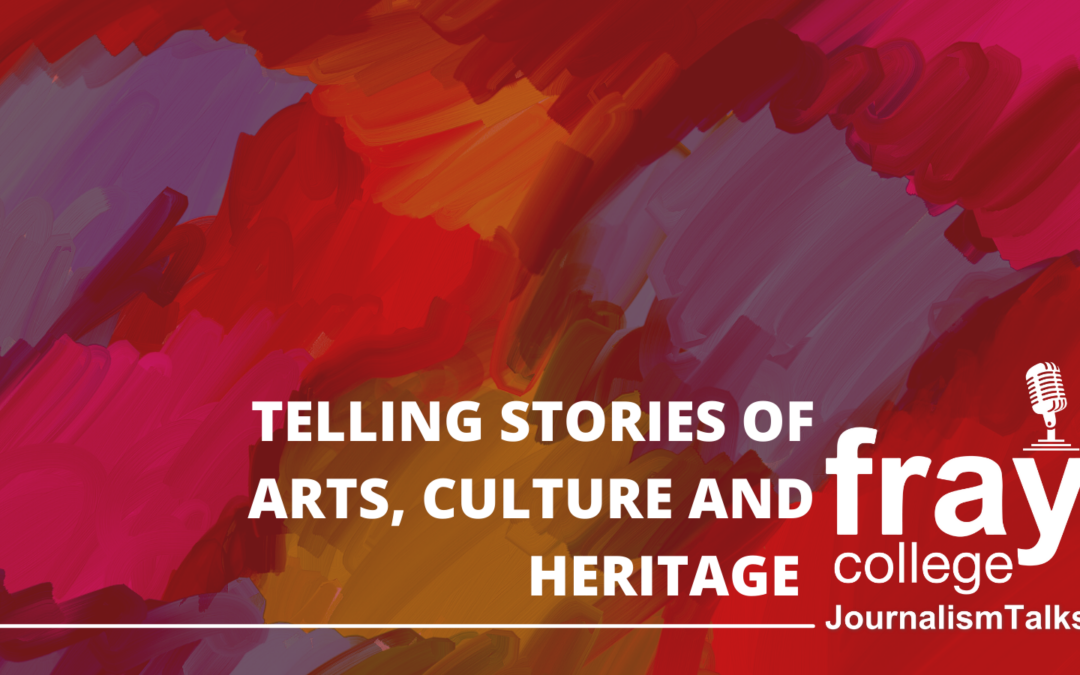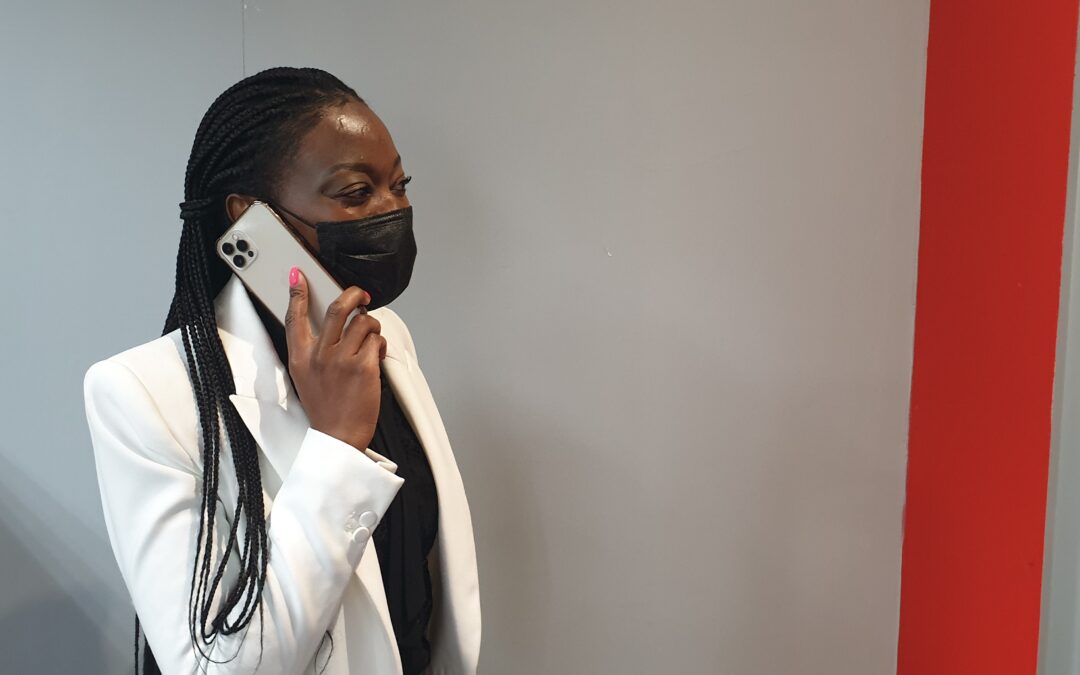


#JournalismTalks: Are Queer stories visible enough in mainstream media?
October is Africa Pride Month, a time to celebrate the progress that Queer communities have made within the continent, and a time to reflect and discuss how Queer stories are narrated in mainstream media.

Breaking stereotypes about Africa, one TikTok at a time
As part of our Fav of the Week, fraycollege spoke to the Nigerian content creator about her videos, and becoming the West African winner of the 2022 Tik Tok Baraza Creator Competition.

Be ready for a world where content is king
This certificate replaces the old Journalism Certificate and was created by those who hire know content best– editors – specifically the South African National Editor’s Forum (SANEF) to address the skills needs in newsrooms.

#JournalismTalks: Telling stories of Arts, Culture, and Heritage
To celebrate Heritage Month, fraycollege hosted a Twitter Space titled ‘Telling stories of Arts, Culture, and Heritage.’ This conversation aimed to discuss the importance of heritage, arts and culture reporting and why we need journalists who report on these topics.

Make sure you’re an obvious match for employees
What to study is a big decision, make sure you study the most up-to-date qualifications possible. The Quality Council of Trade and Occupations (QCTO) was created to oversee the quality of ALL occupational qualifications. It is now making its impact felt. If you are smart for 2023, get an occupational qualification. The Occupational Certificate: Journalist.
